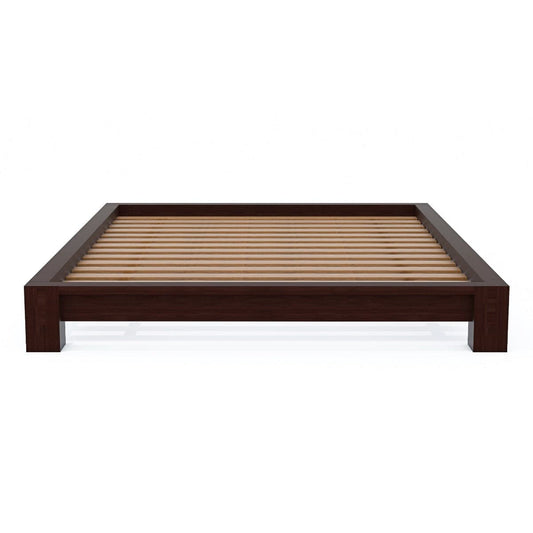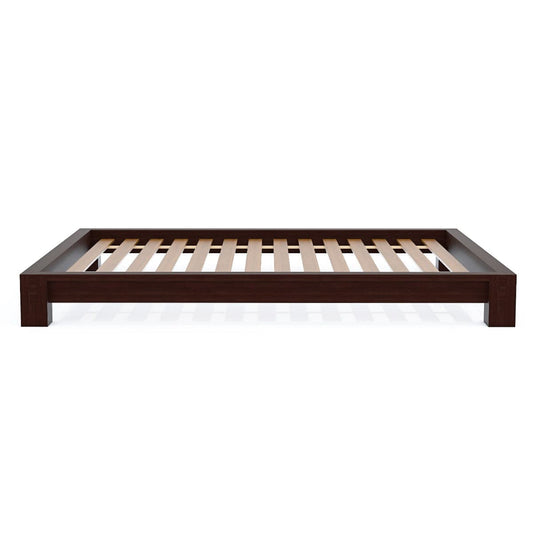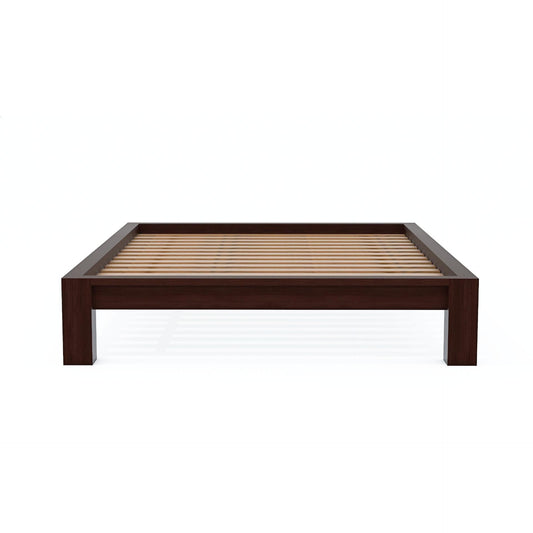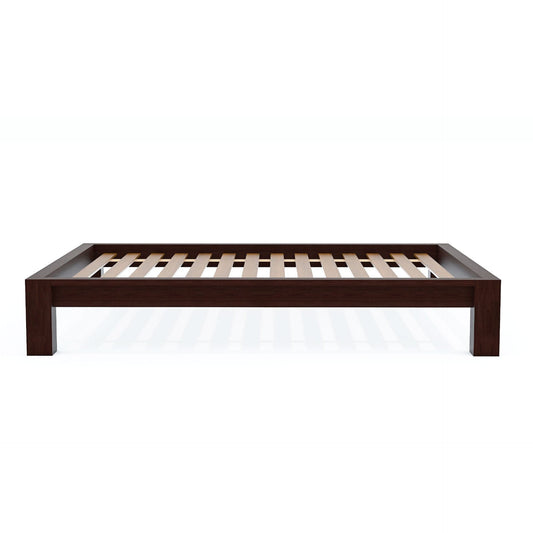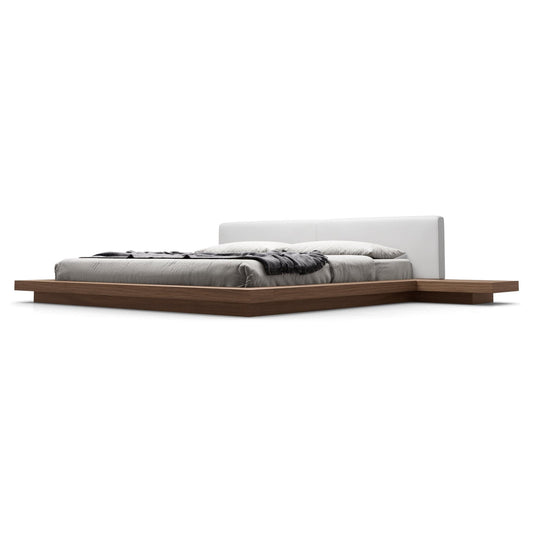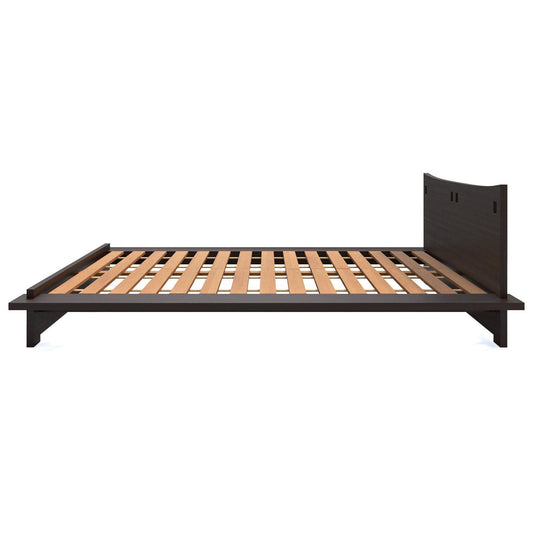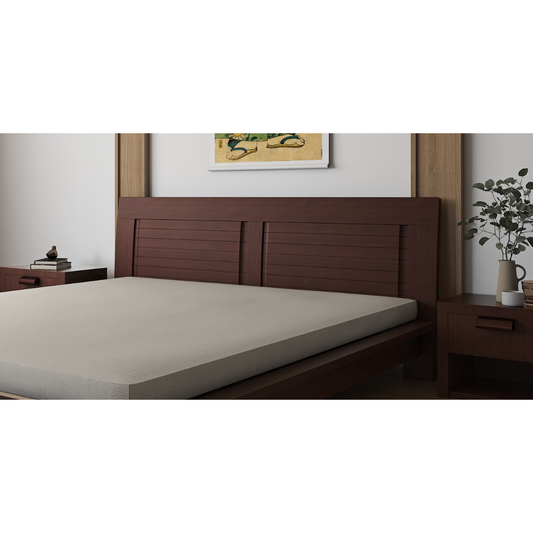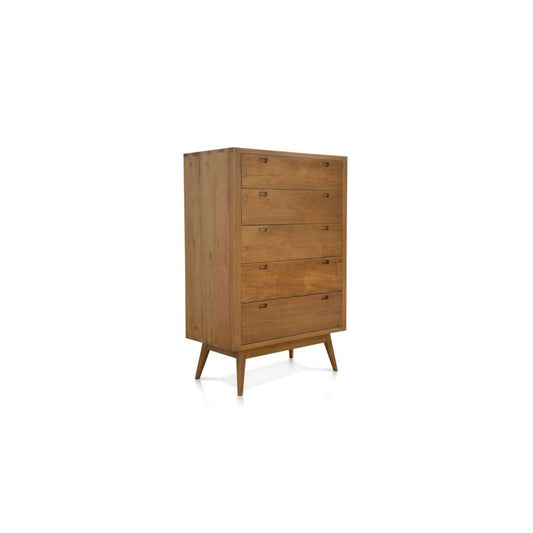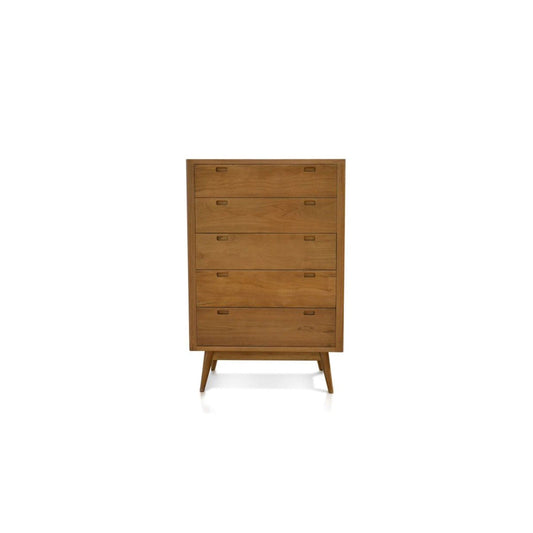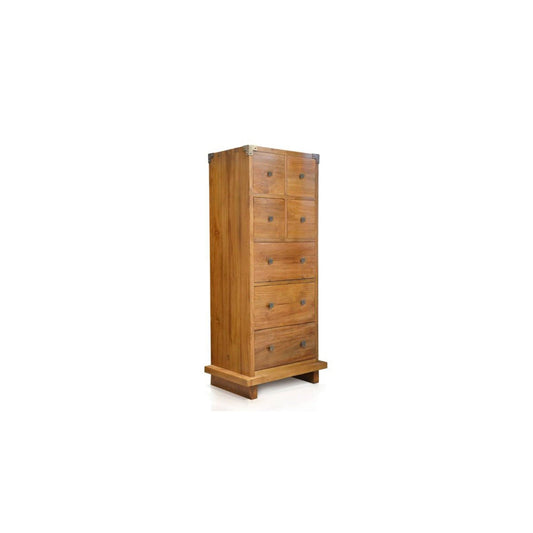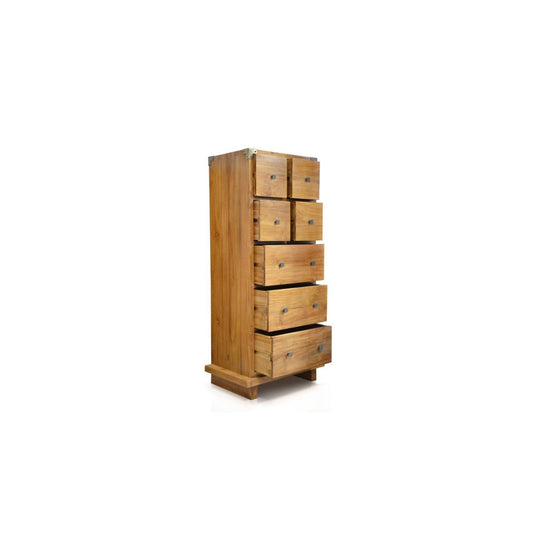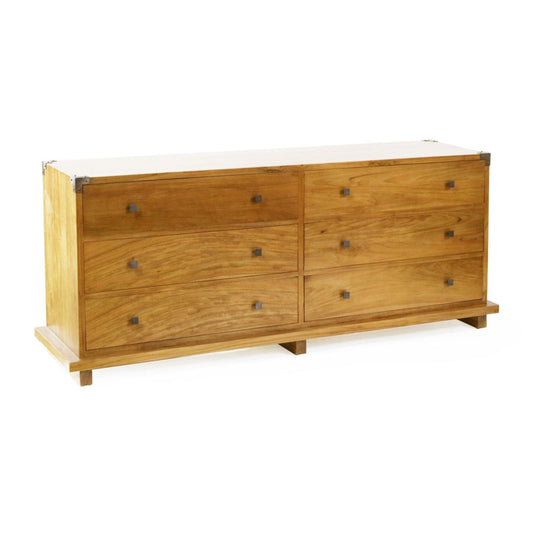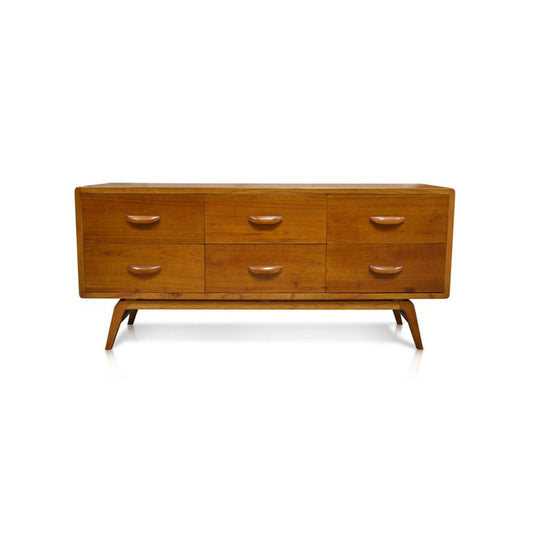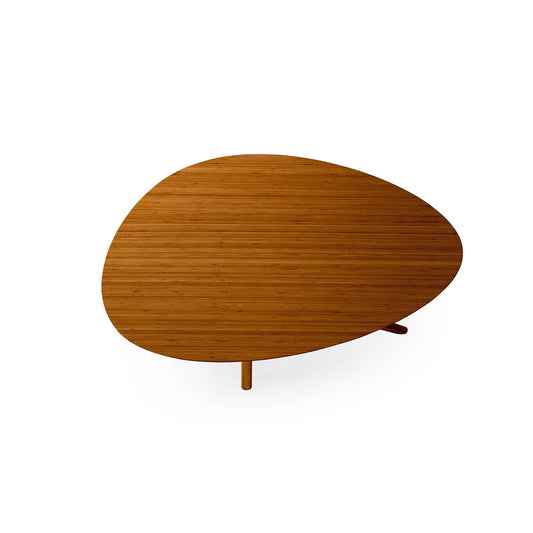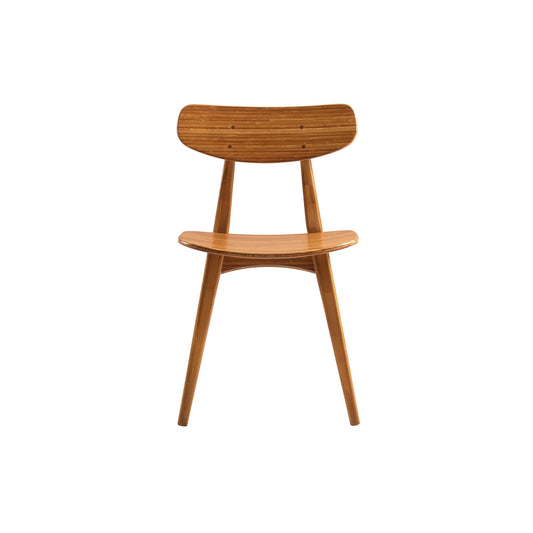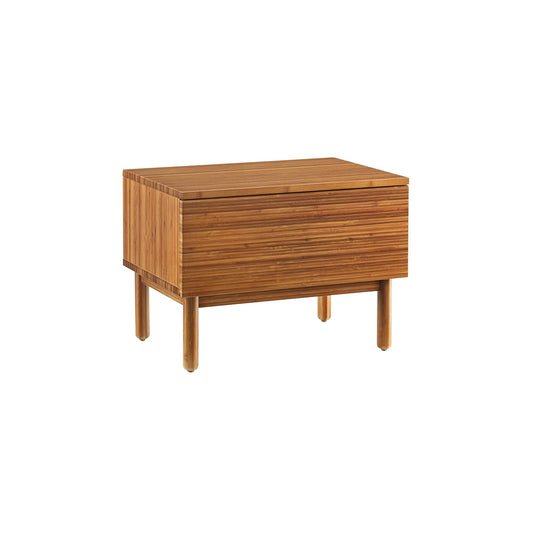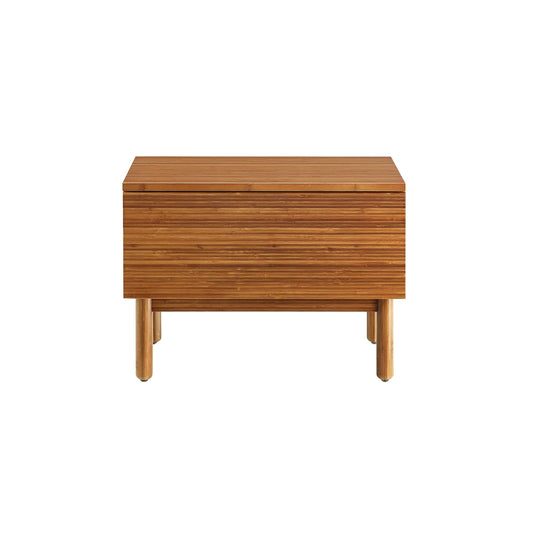Mid Century Modern Design
-
Raku Tatami Platform Bed
Regular price From $999.00Regular priceUnit price per$1,199.00Sale price From $999.00Sale -

 Sale
SaleRaku Nightstand
Regular price $324.00Regular priceUnit price per$424.00Sale price $324.00Sale -
Takuma Japanese Platform Bed
Regular price From $1,399.00Regular priceUnit price per$1,599.00Sale price From $1,399.00Sale -
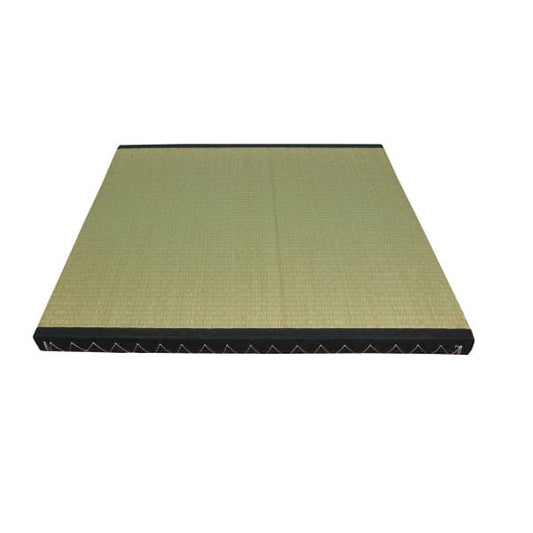
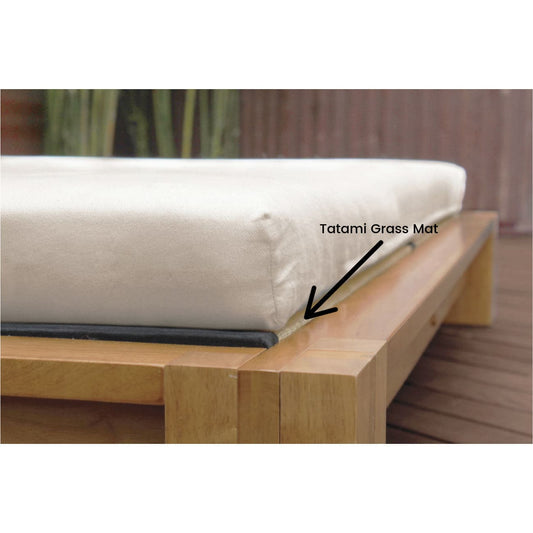 Sale
SaleRaku Tatami Mat
Regular price From $699.00Regular priceUnit price per$799.00Sale price From $699.00Sale -
Raku Tatami High Rise Bed
Regular price From $1,049.00Regular priceUnit price per$1,249.00Sale price From $1,049.00Sale -
Arata Japanese Platform Bed
Regular price From $2,499.00Regular priceUnit price per$2,399.00Sale price From $2,499.00 -
Tomaru Japanese Style Platform Bed
Regular price $1,699.00Regular priceUnit price per$1,899.00Sale price $1,699.00Sale -
Raku Tatami Bed Headboard
Regular price From $499.00Regular priceUnit price per$599.00Sale price From $499.00Sale -
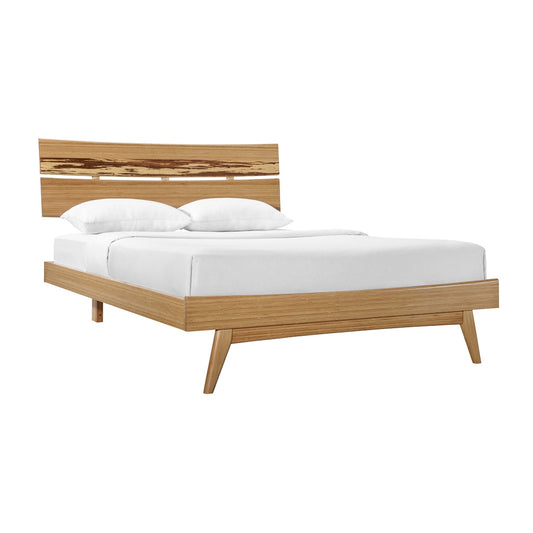
 Sale
SaleAzara Platform Bed
Regular price From $1,835.00Regular priceUnit price per$2,445.00Sale price From $1,835.00Sale -
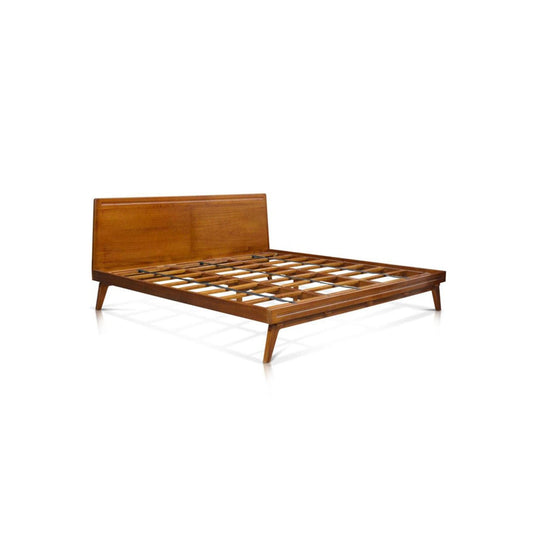
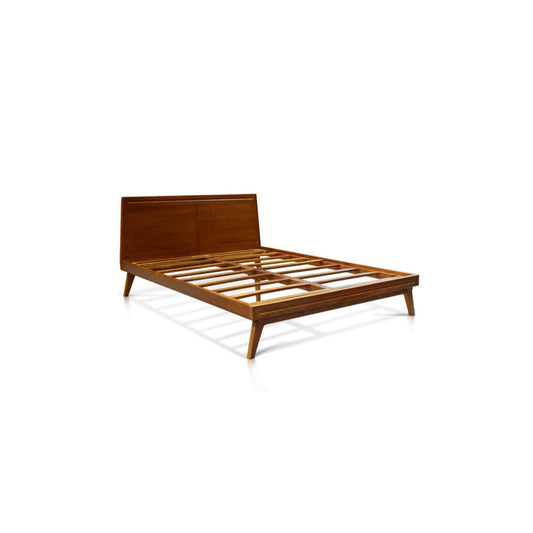 Sale
SaleTango Platform Bed
Regular price From $1,219.00Regular priceUnit price per$1,720.00Sale price From $1,219.00Sale -
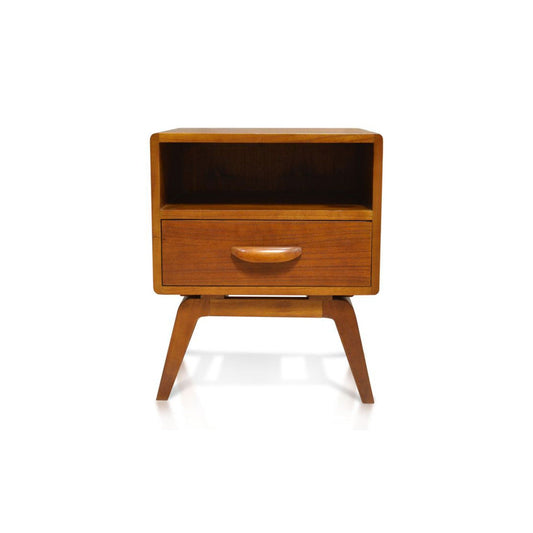
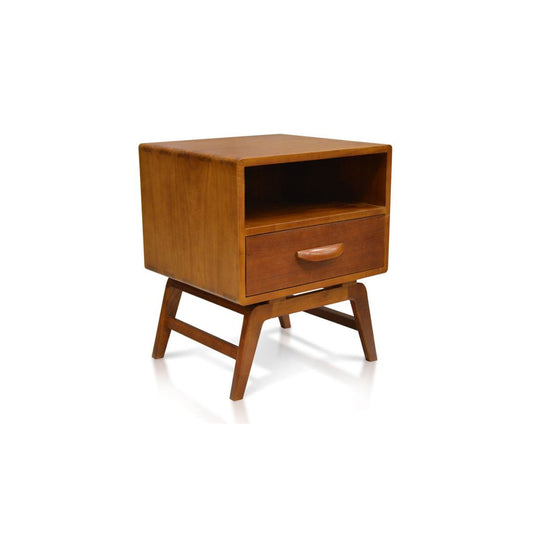 Sale
SaleTango Nightstand
Regular price $379.00Regular priceUnit price per$530.00Sale price $379.00Sale -
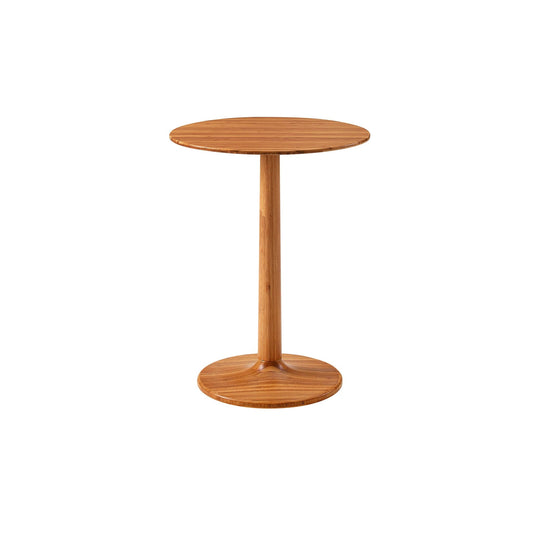
 Sale
SaleSol Side Table
Regular price $339.00Regular priceUnit price per$451.00Sale price $339.00Sale -
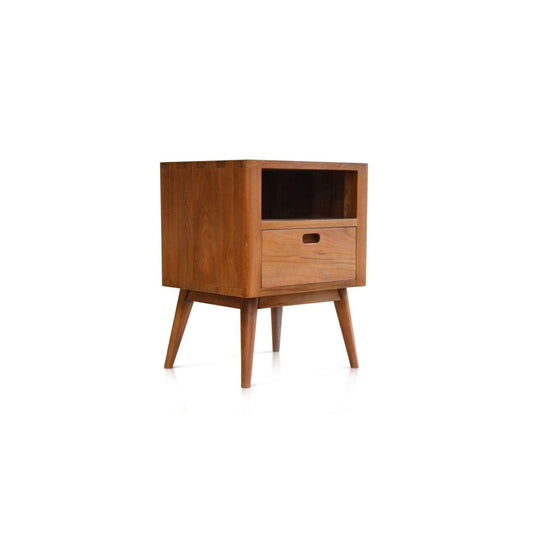
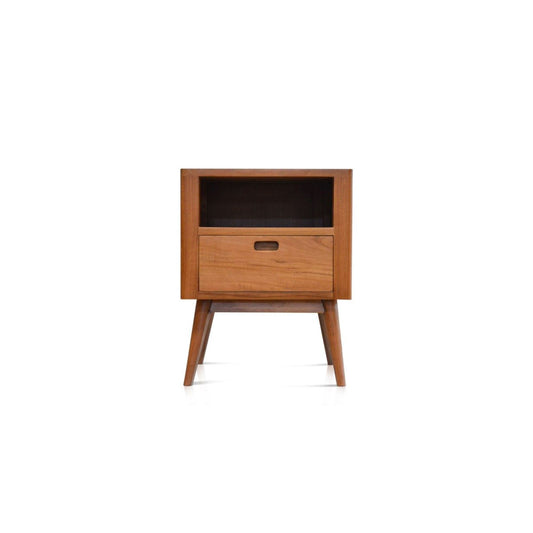 Sale
SaleFifties Nightstand
Regular price $419.00Regular priceUnit price per$590.00Sale price $419.00Sale -
Fifties 5-Drawer Tower Dresser
Regular price $1,709.00Regular priceUnit price per$2,400.00Sale price $1,709.00Sale -
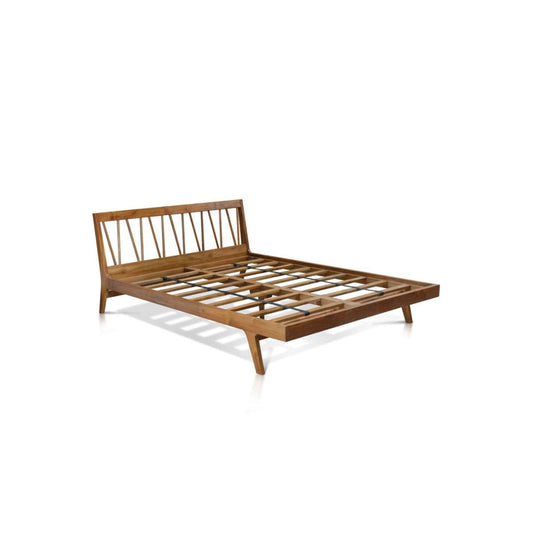
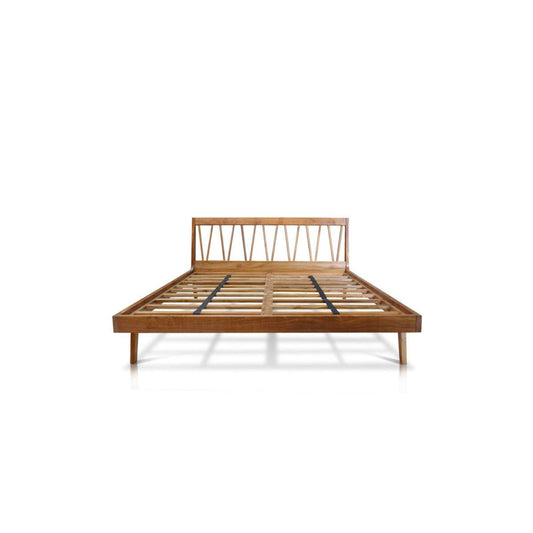 Sale
SaleFifties Platform Bed
Regular price From $1,479.00Regular priceUnit price per$2,075.00Sale price From $1,479.00Sale -
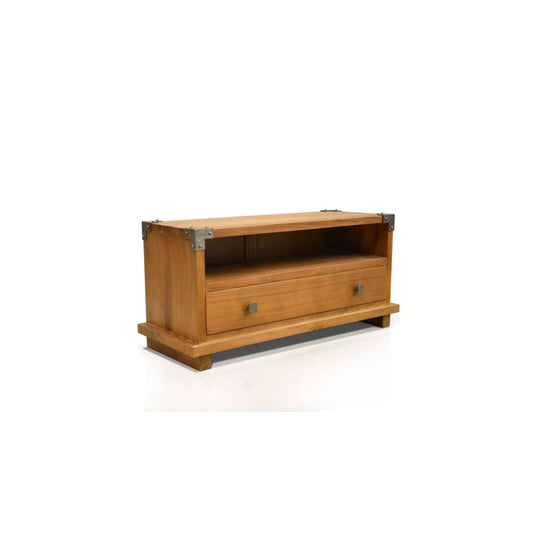
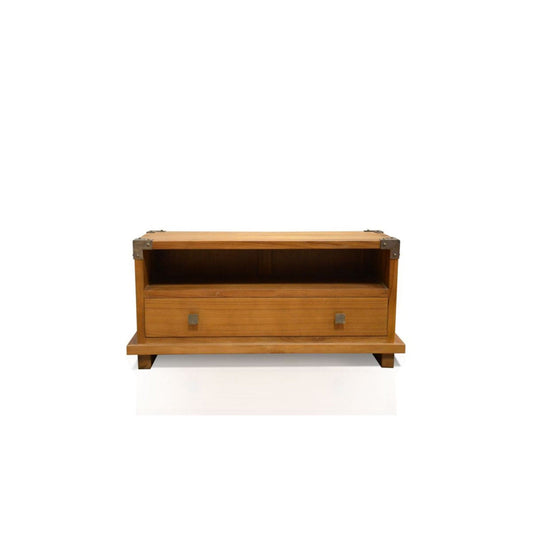 Sale
SaleKobe Nightstand
Regular price From $359.00Regular priceUnit price per$500.00Sale price From $359.00Sale -
Kobe 7-Drawer Tall Dresser
Regular price $1,649.00Regular priceUnit price per$2,320.00Sale price $1,649.00Sale -
Kobe 6-Drawer Dresser
Regular price $1,929.00Regular priceUnit price per$2,710.00Sale price $1,929.00Sale -
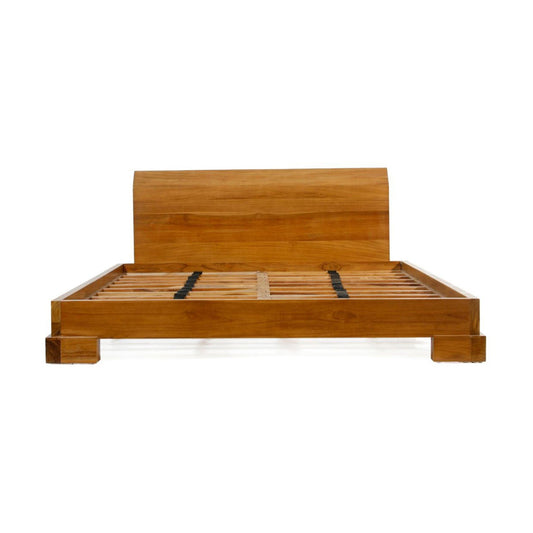
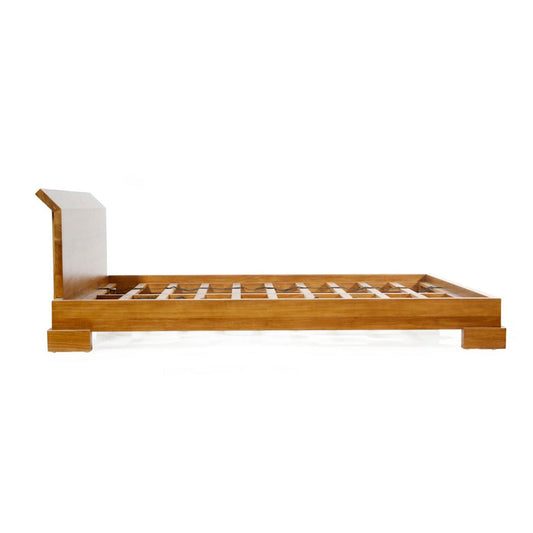 Sale
SaleKobe Platform Bed
Regular price From $1,919.00Regular priceUnit price per$2,700.00Sale price From $1,919.00Sale -
Tango 6-Drawer Dresser
Regular price $1,719.00Regular priceUnit price per$2,415.00Sale price $1,719.00Sale -
Rosemary Coffee Table
Regular price $785.00Regular priceUnit price per$1,046.00Sale price $785.00Sale -
Cassia Dining Chair (set of 2)
Regular price From $630.00Regular priceUnit price per$1,154.00Sale price From $630.00Sale -
Ventura 1 Drawer Nightstand
Regular price $602.00Regular priceUnit price per$801.00Sale price $602.00Sale -
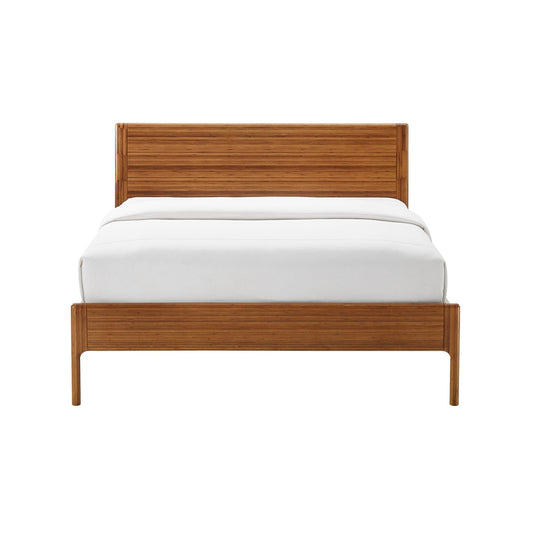
 Sale
SaleVentura Platform Bed
Regular price From $1,913.00Regular priceUnit price per$2,550.00Sale price From $1,913.00Sale
Mid Century Modern Design
Mid-Century Modern Design: A Definition
Mid-Century Modern Design is a distinctive design movement that flourished from the mid-20th century, roughly spanning the 1930s to the 1960s. Rooted in post-World War II optimism and innovation, this design approach is characterized by its seamless integration of form and function, as well as its timeless appeal. Mid-Century Modern Design embodies the mid-century ethos of progress, embodying clean lines, organic forms, and a harmonious blend of traditional craftsmanship and modern materials.
Key Characteristics of Mid-Century Modern Design
- Clean Lines and Organic Forms: Mid-Century Modern Design showcases clean lines and a focus on organic, nature-inspired shapes. Furniture and decor often feature flowing curves and gentle angles.
- Functionality and Practicality: Functionality is paramount in mid-century modern design. Pieces are designed to be usable and practical while maintaining an aesthetic quality.
- Innovative Materials: Mid-century modern design introduced innovative materials such as molded plywood, fiberglass, and plastics. These materials were celebrated for their versatility and potential to create unique designs.
- Iconic Pieces: The era gave rise to iconic furniture designs like the Eames Lounge Chair, the Saarinen Tulip Chair, and the Wegner Wishbone Chair. These pieces have become synonymous with mid-century modern style.
- Natural Materials: While innovative materials were embraced, mid-century modern design still valued natural materials like wood. Teak, walnut, and oak were commonly used in furniture construction.
- Bold Colors: The color palette of mid-century modern design includes bold and vibrant hues, often used as accents against a neutral backdrop.
- Open Space: Open floor plans and large windows were typical in mid-century modern homes, allowing natural light to flood interiors and creating a sense of connection to the outdoors.
- Elevated Craftsmanship: Despite streamlined forms, mid-century modern design didn't compromise on craftsmanship. Attention to detail and quality were still valued.
- Integration with Nature: The design aimed to bring the outdoors in, blurring the boundaries between indoor and outdoor spaces through large windows, sliding doors, and natural materials.
- Minimalistic Decor: Decorative elements were minimal and carefully chosen, allowing furniture to stand out. Atomic-age-inspired decor, such as geometric patterns, was common.
- Sense of Optimism: Mid-century modern design embodied a sense of post-war optimism and progress, celebrating new possibilities and embracing innovation.
- Timeless Appeal: The design's combination of aesthetics, functionality, and craftsmanship has ensured its enduring popularity and influence on subsequent design trends.
Mid-Century Modern Design captures the essence of an era defined by innovation and optimism, creating interiors that seamlessly blend form and function. Its emphasis on clean lines, organic shapes, and a celebration of modern materials continues to resonate with contemporary design sensibilities, making it a style that remains relevant and iconic to this day.

